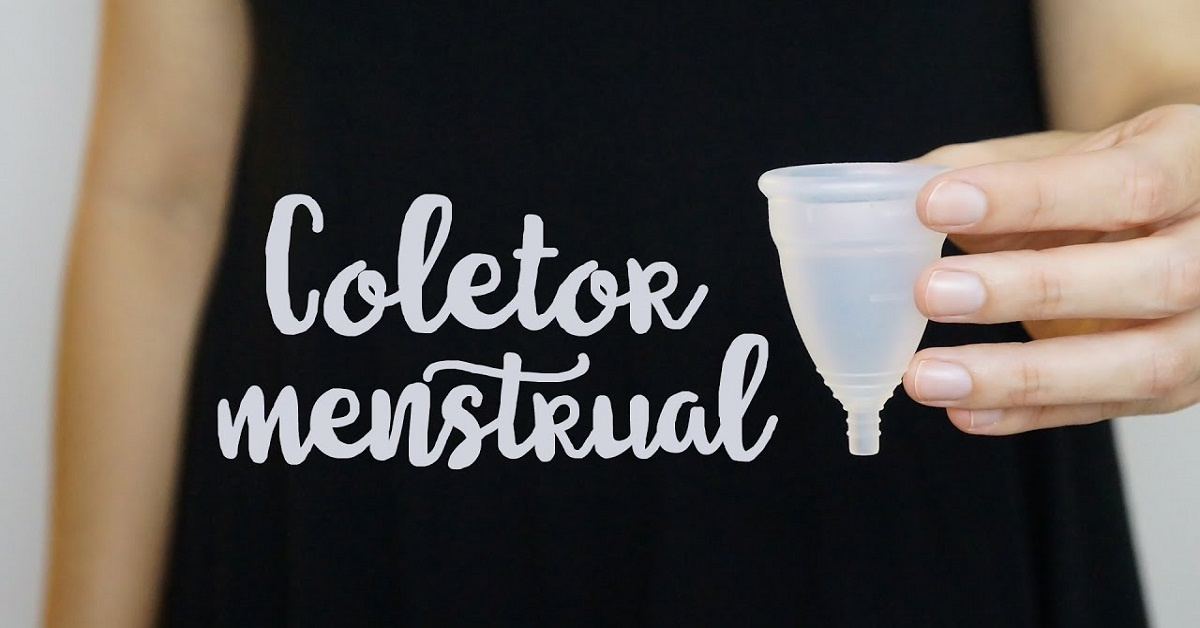Advertisements
In Brazil, this topic is still taboo for many women, including some doctors. But those who use the product say it's very comfortable, has a very low risk of infection, is very economical compared to traditional products, and is environmentally friendly.
Many questions arise about the famous and popularly known "cup," or menstrual cup. This is the method many women are adopting during their menstrual period, and it's practical, simple, and effective.
Advertisements
Is it difficult to put on?
No. It's very simple, and with practice it gets even easier. Follow the instructions in the guide that comes with the product.
Does it cause pain?
Advertisements
No. If it hurts, it's because it was placed incorrectly or you have some problem in the area, so see a gynecologist.
Does the blood leak?
It's not common. Only if you insert it incorrectly. If you notice leaks, remove, wash, and reinsert. The cups are designed to accommodate both heavy and light flows.
What is the right time to take it?
It depends on your flow. If it's light, every 12 hours; if it's heavy, every 6 hours.
How durable is it?
If properly sanitized, it can last up to 10 years.
How to sanitize?
Use cold water and mild soap. During each menstrual cycle, it is recommended to soak it in boiling water for 10 minutes. Tip: the best way to clean it is during a shower.
Does it smell bad?
The blood stays inside you, it doesn't come out, and it doesn't come into contact with oxygen, so the smell doesn't spread.
Does it increase the size of your private parts?
No.
Can I get infections?
No. Only if you don't clean it properly.
Can I urinate normally?
Yes. It doesn't get in the way at all.
Does it bother you?
Yes, for the first few uses. But once you learn how to put it on correctly, it's more comfortable than traditional ones.
Can I play sports?
Normally.
Does it interfere with pH and lubrication?
No.
Do I need to take it off to sleep?
No.
Watch the video below and see in a practical way how to use the collector:
There are no contraindications to this method, but it is not recommended for virgins, as it can rupture the hymen during insertion. Women who have given birth within a few days should also avoid using it.
The price of the cup ranges from R$31 to R$160. Remember that it lasts 5 to 10 years. A woman uses about 100 regular pads per year, costing about R$100.
In 10 years, you'll have spent R$1,000. So, I don't even need to tell you how much savings you'll make if you choose this method, in addition to all the other benefits. I hope I've helped clarify your doubts. If you liked it, share it with all your friends and family. See you later.







